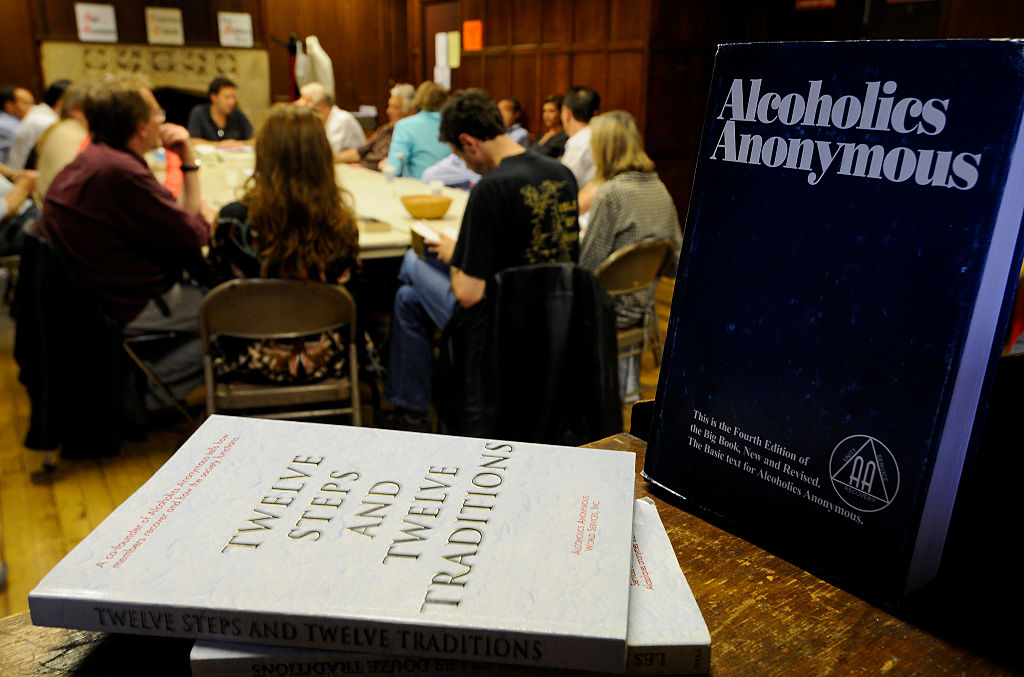Cockburn started his Sunday by spitting Darjeeling all over the pages of the New York Times magazine.
The cause of alarm? A lengthy, nuanced, meaty analysis of gender therapy had found its way into the paper of record. In Pride month, no less!
Feature writer Emily Bazelon spent eight months reporting out the story, speaking to “more than sixty clinicians, researchers, activists and historians, as well as more than two dozen young people and about the same number of parents.” Her over-10,000-word article is framed around the forthcoming release of the World Professional Association for Transgender Health’s new Standards of Care guidelines, which are likely to prove controversial among both the pro- and anti-trans lobbies. It’s well worth a read.
The piece takes into account cases of detransitioning — when people undertaking gender therapy believe they’ve made a mistake and attempt to live as their birth (or no) gender — a rarity for a mainstream left-leaning title like the Times.
Cockburn and The Spectator at large have long been clued into the dilemmas of transitioning. So he wondered: how are reporters who’ve been on this beat for a while reacting to the Times joining the party?
“Pardon my lack of excitement that the New York Times — which has ignored and maligned skeptics of trans orthodoxy for years — has finally decided to practice journalism in this area,” National Review’s Madeleine Kearns told Cockburn.
Others were equally down. “I’m glad the Times is addressing the issue of medicalizing healthy kids in service to a fantasy that they can change sex — but at no point does the article mention that no matter how many drugs and surgeries a person goes through, they will always remain their natal sex,” said Libby Emmons of the Post Millennial.
However a number of writers on the trans beat welcomed the Bazelon piece.
Katie Herzog, author of a 2017 detransitioning story for the Stranger, said that the piece’s publication “shows that the leadership of the Times isn’t afraid to touch this… so there’s some gumption on their part. It shows that people are more willing to listen on this issue than they have been in the last couple of years.”
“Some ten years into the debate over the ethics of medically interrupting normal child development for identity reasons, it’s nice to see the NYT finally acknowledge that there is a debate and that there exists a range of views,” UnHerd’s Mary Harrington told Cockburn.
Jesse Singal, who penned the contentious Atlantic cover piece “When children say they’re trans” back in 2018, was also positive: “Outlets like the Washington Post and the New York Times — or at least some of the desks within both — are treating this as the genuinely fraught scientific controversy it is. There’s been a welcome shift from the regurgitation of talking points to actual quality journalism and analysis.
“It’s a really tough subject to write about, especially in light of all these GOP attempts to ban youth gender care outright. She handled the controversy well.”
Herzog also praised Bazelon for her approach to the subject matter, in how she showed “the debate within medicine about this… for people who aren’t as immersed in this issue, they probably learned quite a bit about it.
But others took issue with the piece’s framing. “The tone is very pro-medicalization of healthy kids who are suffering under the delusion that there is something wrong with their bodies or how they were born, which is a shame,” Emmons said. “It buys into the notion that there is some innate way to tell, in a spiritual sense, that you are a boy or a girl, when really sex is a physical phenomenon. Gender is not a spiritual concept — it is not a soul.”
“It’s disappointing to see this framed as a contest between a uniformly pro-trans left and reactionary right, when there exists a well-worked-out feminist critique of gender identity from the left,” Harrington told Cockburn. “Particularly in the UK the majority of campaigning against the excesses of trans activism has come from that side of the aisle. It would be a shame for a paper that at least claims to regret political polarization to thus inflame it by omitting to mention the cross-bench debate this issue truly is.”
What kind of response is Bazelon getting for her eight months’ of hard work? Herzog highlighted how “sympathetic to trans people” the NYT feature was — but said, “I don’t think that will really matter when it comes to her critics. She’s getting dogpiled for publishing this.”
Singal agreed: “I bet if you go to the article’s comments you’ll find them to be quite positive, because normal people understand what a tough issue this is and welcome quality journalism on it. And I bet if you go on Twitter you’ll find a bunch of screaming crazy people accusing Bazelon of murder.”

























